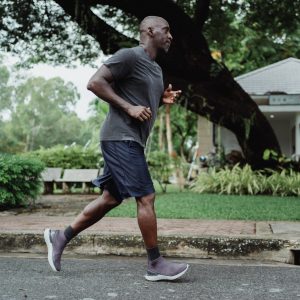Even if your pain is mild, putting off treatment can lead to more serious and sometimes even compounding issues. The longer you live with pain the more difficult it can become to effectively treat.
Here are some common symptoms indicating that you should talk to a doctor:
We offer free consultations for patients who would like to speak to Dr. Stidham about their neck or back pain.
Yes – the minimally invasive nature of the procedure, involving small incisions and mild sedation, contributes to its safety profile. This avoids the risks associated with more invasive surgical interventions, but it isn’t without risk.
We offer free consultations so you can speak to Dr. Stidham in detail regarding the procedure. Any questions you have can be discussed ensuring that your procedure is tailored to your individual needs and circumstances.
Candidates for the Discseel Procedure typically include anyone suffering from spinal disc-related issues, such as disc tears, herniations, sciatica, or degeneration, who have not found relief through other forms of treatment.
Because spinal disc tears and degeneration are the root cause of most neck and back pain, we will work with you to determine whether this is the root cause of your pain.
We encourage patients considering the Discseel Procedure to request to schedule a free consultation, where you can get answers to your questions or concerns.
Yes – Patients who have previously undergone spine surgery are viable candidates for the Discseel Procedure, providing an alternative avenue for those seeking relief from persistent spinal disc-related issues.
If you have a history of spine surgery schedule a free consultation with Dr. Stidham to assess your specific condition and determine the suitability of the Discseel Procedure as a complementary or standalone approach to address disc-related problems.
Following the procedure, patients undergo a 30-minute recovery period, after which patients are free to return to their home or hotel. The day after the procedure, patients are encouraged to walk with assistance and gradually increase their activity levels as tolerated.
The recovery plan includes a systematic progression, with activities being increased in 10% increments until patients reach 100% of their desired activity level. While individual experiences may vary, most patients typically report relief from their symptoms within the first 3 to 6 months post-procedure.
No, the Discseel Procedure is not currently covered by insurance.
The Discseel Procedure is composed of meticulously selected components that play a crucial role in the disc healing process. The procedure incorporates highly purified and precise parts of fibrinogen and prothrombin, which are two essential blood proteins fundamental to the formation of disc healing. Fibrinogen and prothrombin are carefully utilized to create Fibrin, a biologic that is injected into the damaged disc during the procedure.
This targeted biological approach aims to seal and heal disc tears, promoting the regeneration of disc tissue. Additionally, to mitigate the risk of infection, an antibiotic is introduced into the disc, emphasizing the procedure’s commitment to ensuring a sterile and controlled environment for optimal healing.
Approximately 80% of patients treated with the procedure, who had previously undergone a failed spinal procedure, reported a positive outcome in their condition. This positive outcome is characterized by a reduction in pain and improvement in both function and overall symptoms.
Notably, these patients had exhausted or found little success with other treatment options prior to undergoing the Discseel Procedure. The definition of “better” in this context encompasses improvements in both functional abilities and the alleviation of pain and symptoms, indicating a substantial success rate for those who have undergone the Discseel Procedure after experiencing challenges with previous spinal interventions.
Get an Expert Opinion
We’ll help you decide if Discseel® is right for you.







© 2024 Longevity Health 360 | Privacy Policy | Terms of Use